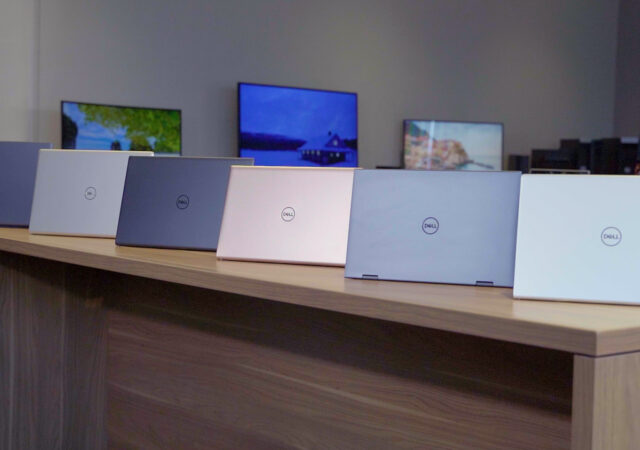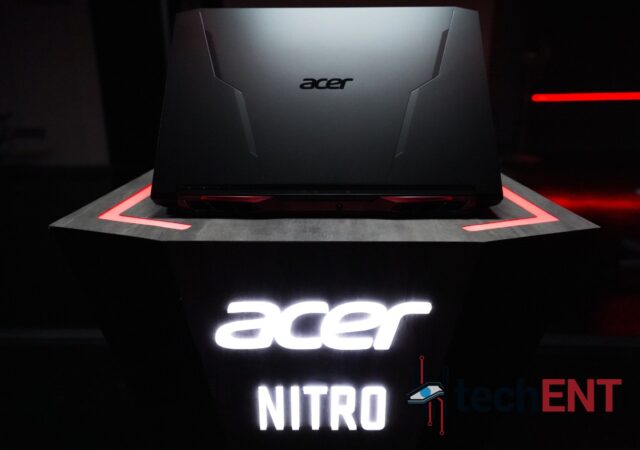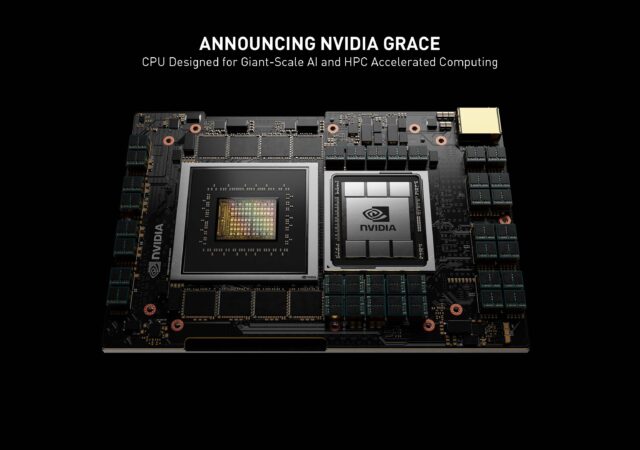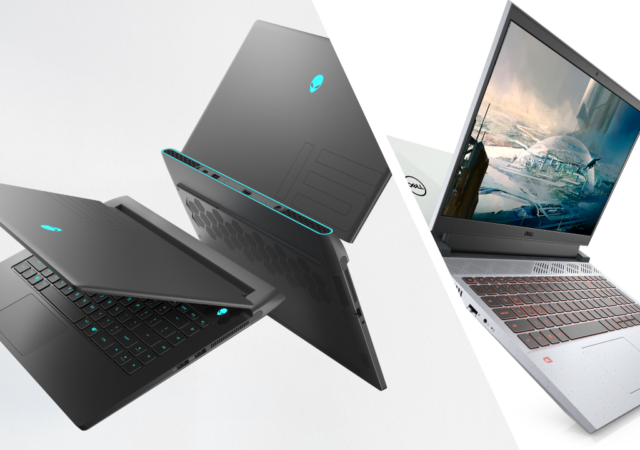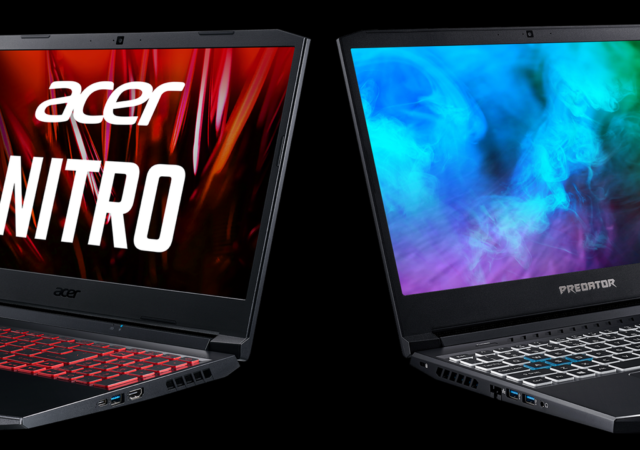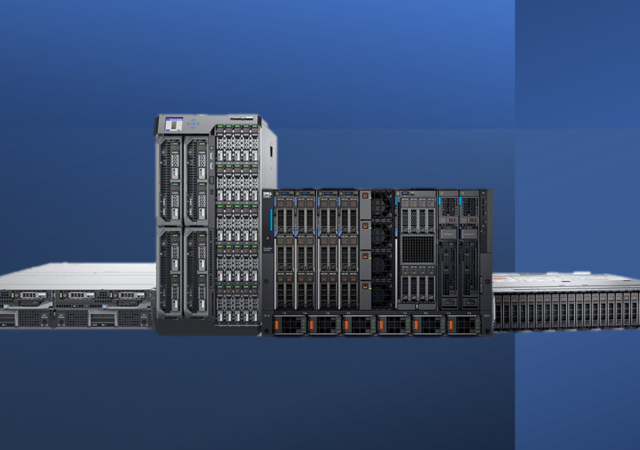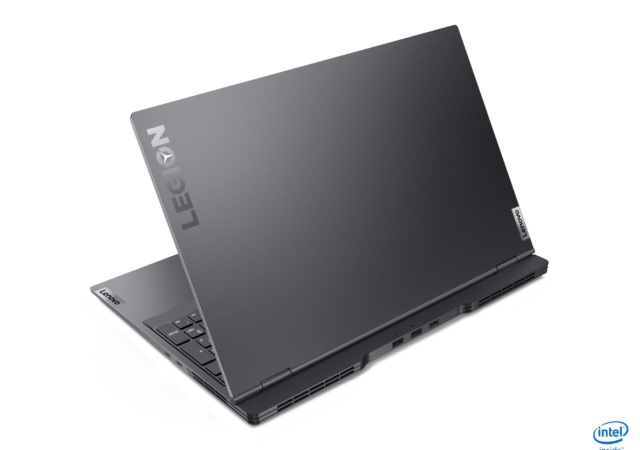ASUS Republic of Gamers (ROG) collaborates with world champion skateboarder, Nyjah Huston, to bring a unique, one-of-a-kind edition of the Strix SCAR 17.
Breathe Easy with the New Dell Inspiron Line Up & Its Smaller Carbon Footprint
Dell refreshes their Inspiron line up with a brand new design and even more versatility with new offerings that bring more to the table.
Acer Launches the Nitro 5 with AMD Ryzen 9 and NVIDIA GeForce RTX 3080
The Acer Nitro 5 for 2021 can be a beast with AMD’s Ryzen 9 and RTX 3080 inside. Available for pre-order from MYR 3,699 onward.
NVIDIA Grace CPU for Datacentres for Next Generation Super Computers
NVIDIA announces project Grace in GTC 2021. The NVIDIA Grace CPU is the next generation processor for datacentres.
Dell & Alienware Ryzen to the Occasion with All-new AMD Powered Line up
Dell and Alienware release their first gaming laptops powered by AMD’s Ryzen processors paired with NVIDIA’s RTX30 series.
Acer Refreshed the Nitro 5 & Helios 300 in Malaysia
Just as the Asia Pacific Predator League kicks off, Acer has taken the opportunity to refresh two of their most popular gaming laptops: the Nitro 5 and the Helios 300. The two gaming laptops come with refreshed graphics and processors…
Dell Technologies Brings EPYC Power & Flexibility with New Dell EMC PowerEdge Servers
Dell EMC unveils their new AMD EPYC powered PowerEdge line up. The new offerings are able to adapt and cater to multiple compute needs.
Dell Announces Refresh of the XPS Desktop with RTX 30 Series & 11th Gen Intel Processors
Dell announces a refresh of the XPS Desktop with the latest, 11th generation Intel Core i processors and NVIDIA’s RTX 30 series graphics.
Sleek, Slim Gaming Arrives in Malaysia with the Lenovo Legion Slim 7i
Lenovo announces the Malaysian availability of the Legion Slim 7i gaming laptop powered by NVIDIA and Intel’s latest technology.
[next@Acer] Acer ConceptD 7 & 7 Pro Gains 10th Gen Intel Processors & a New Compact D 300
Acer’s ConceptD laptops have carved out a unique niche for the company in addressing the unique needs of creators. In fact, Acer was one of the pioneers of the “made for creators” moniker when they announced their first ConceptD line…




